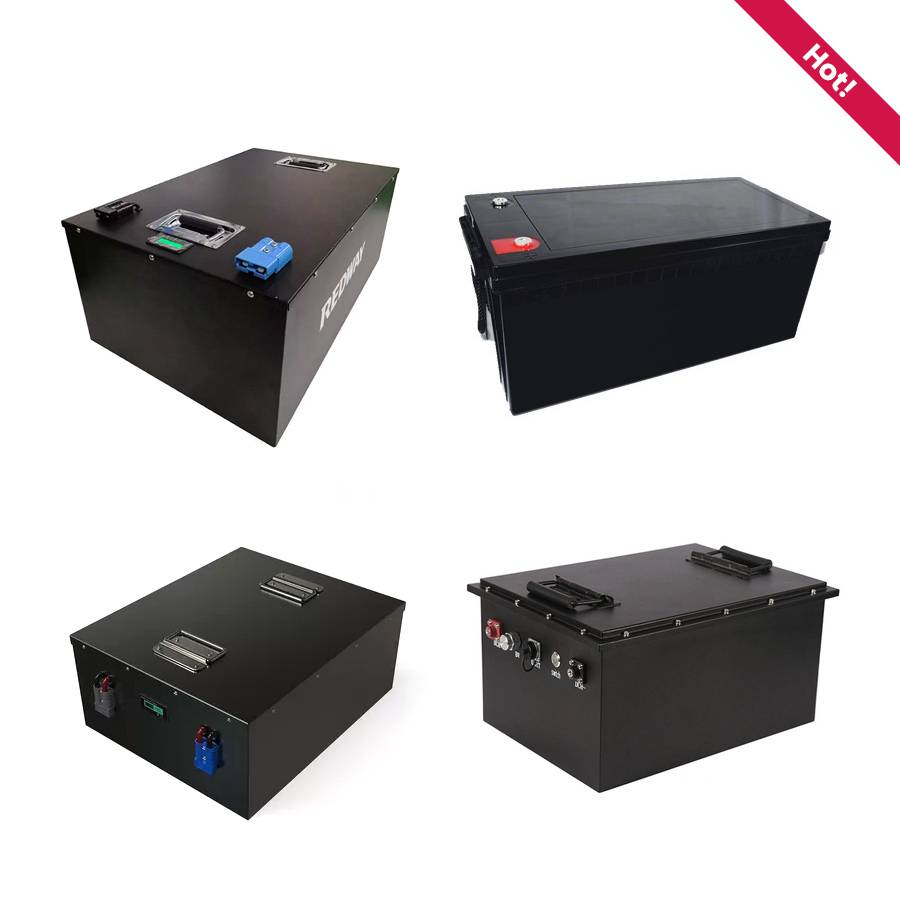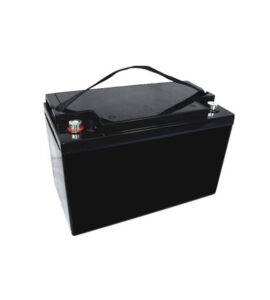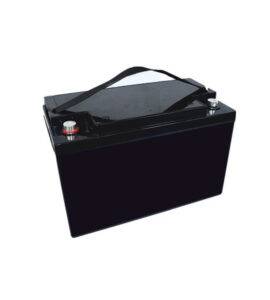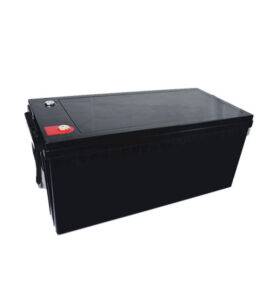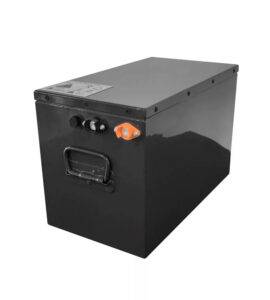60V Lithium ion Battery Factory Wholesale
60V Lithium ion Battery, One-Stop Solution
Redway Power's 60V Lithium-ion Batteries, the ultimate one-stop solution for flashlight power needs. Engineered for reliability, our rechargeable batteries boast high energy density and a lightweight build. With options ranging from the compact 60V 50Ah to the robust 60V 200Ah, our lineup caters to diverse requirements.
Whether you're a professional or a consumer, our batteries ensure dependable performance for outdoor adventures, emergencies, and professional tasks. Trust Redway Power for unparalleled convenience and reliability in powering your devices. Illuminate your world confidently, backed by Redway Power's advanced lithium battery technology.
Best 60V Lithium ion Battery Manufacturer 2024
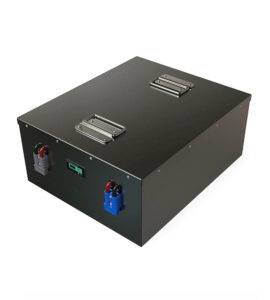
60V 100Ah
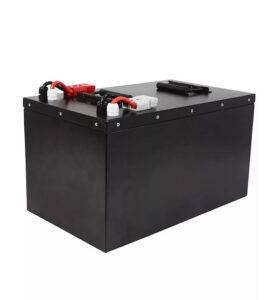
60V 100Ah
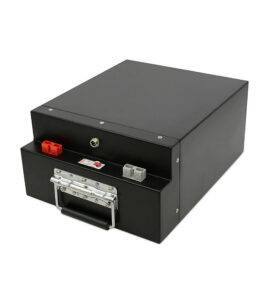
60V 150Ah
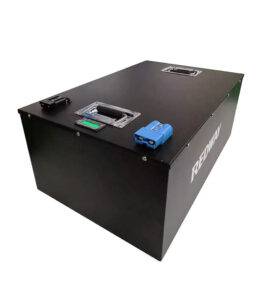
60V 200Ah
What is the wholesale price of lithium battery?
You can click contact us or phone call us. We will give you multiple options of price.
Is Redway Power a trading company or factory?
Redway Power is a company with its own factory, integrating research, development, production, and sales.
How about the quality of Redway's LiFePo4 Battery product?
Redway Power boasts over 12 years of experience in LiFePO4 battery production and is an authorized supplier for CATL and BYD.
Can you do an OEM/ODM project?
Yes, we have engineers available to assist in designing and developing any related products.
What’s your MOQ?
MOQ varies according to battery voltage and capacity.
What payment terms can we accept?
We accept TT/Paypal/West Union, etc.
60V Lithium ion Battery Knowledge
Explore the power and versatility of 60V lithium-ion batteries. These rechargeable batteries, operating at 60 volts, are widely used in electric vehicles, power tools, and renewable energy systems. With their high energy density, long lifespan, and fast charging capabilities, they provide reliable and efficient power for various applications.
What is the Lifespan of a 60V Lithium-ion Battery Compared to Others?
A 60V lithium-ion battery typically lasts 2,000 to 5,000 charge cycles, significantly outlasting lead-acid batteries (500-1,000 cycles) and offering a longer lifespan compared to other lithium-ion batteries in lower voltage ranges. This longevity translates to fewer replacements and lower overall costs.
How Do I Safely Handle and Charge 60V Lithium-ion Batteries?
Handle 60V lithium-ion batteries with care, avoiding physical impacts and exposing them to extreme temperatures. Use a charger specifically designed for 60V lithium-ion batteries, follow the manufacturer’s charging instructions, and never overcharge or discharge them beyond recommended limits to ensure safety and battery health.
Can I Swap 60V Lithium-ion Batteries with Other Types?
Swapping 60V lithium-ion batteries with other types like lead-acid or different lithium chemistries is generally not recommended due to differences in voltage, chemistry, and charging requirements. Always consult the device’s manual or a professional before replacing the battery to avoid compatibility issues and potential damage.
Why Choose 60V Lithium-ion Over Lead-acid Batteries?
60V lithium-ion batteries offer higher energy density, longer lifespan (2,000-5,000 cycles vs. 500-1,000 cycles), and faster charging compared to lead-acid batteries. They are also lighter, more efficient, and require less maintenance, making them a superior choice for applications needing reliable and long-term power solutions.
How Should I Store 60V Lithium-ion Batteries?
Store 60V lithium-ion batteries in a cool, dry place away from direct sunlight and extreme temperatures. Keep the battery at a charge level of about 40-60% if not in use for extended periods and ensure it is in a well-ventilated area to prevent overheating.
Any Maintenance Steps for Extending 60V Lithium-ion Battery LiFePO4?
To extend the lifespan of a 60V lithium-ion LiFePO4 battery, maintain a charge level between 20-80%, avoid deep discharges, keep it in a cool, dry place, and regularly inspect for signs of damage or wear. Use only compatible chargers and follow the manufacturer’s guidelines for optimal performance and safety.
What’s the Typical Charging Time for a 60V Lithium-ion Battery?
The typical charging time for a 60V lithium-ion battery ranges from 3 to 6 hours. This depends on the charger’s output and the battery’s state of charge. Fast chargers can reduce this time, but always use the charger recommended by the manufacturer for best results.
Can 60V Lithium-ion Batteries Be Recycled? How?
Yes, 60V lithium-ion batteries can be recycled. To recycle, contact local e-waste or battery recycling centers that accept lithium-ion batteries. These facilities safely process the batteries to recover valuable materials and minimize environmental impact. Never dispose of them in regular trash due to their chemical contents.
What is the range of capacities available for the 60V NMC Li-ion Batteries?
The range of capacities for 60V NMC lithium-ion batteries typically spans from 10Ah to 100Ah. This range accommodates various applications, from electric vehicles to energy storage systems, providing flexibility based on power needs and usage requirements.
What are the available product types for the 60V NMC Li-ion Batteries?
60V NMC lithium-ion batteries are available in several product types, including prismatic cells, cylindrical cells, and pouch cells. These types cater to different applications, such as electric vehicles, renewable energy storage, and high-power tools, each offering unique advantages in terms of form factor and performance.
What voltage options are available for NMC batteries and LiFePO4 batteries?
NMC batteries are available in 12V, 24V, 36V, and 60V configurations, catering to a range of applications from solar power systems to electric vehicles. LiFePO4 batteries come in 12V, 24V, and 48V options, suitable for renewable energy storage and backup power solutions, each offering stable performance and safety.
How can customers contact Aegis Battery for inquiries or support?
Customers can contact Aegis Battery for inquiries or support via their website contact form, customer service email, or phone number provided on their website. For urgent assistance, visiting their support center or social media channels may also provide timely help and updates.
Tips for Maintaining and Extending the Lifespan of Your Battery
To extend your battery’s lifespan, keep it charged between 20-80%, avoid overcharging and deep discharges, and store it in a cool, dry place. Regularly inspect for damage and use manufacturer-recommended chargers. For specific types like lithium-ion, ensure proper ventilation and avoid exposing the battery to extreme temperatures.
How Long Does a 60V 50Ah LiFePO4 Battery Last?
A 60V 50Ah LiFePO4 battery typically lasts 2,000 to 5,000 charge cycles and can power devices for about 6 hours at 500 watts. Actual duration depends on device power consumption and usage patterns.
What Features Does the 60V 50Ah LiFePO4 Battery Have?
The 60V 50Ah LiFePO4 battery offers high energy density, long cycle life, safety, low self-discharge, maintenance-free operation, and wide temperature range performance.
Why Choose 60V 50Ah LiFePO4 Over Lead-Acid Batteries?
LiFePO4 batteries provide longer lifespan, higher efficiency, lower weight, faster charging, and maintenance-free operation compared to lead-acid batteries, making them a more reliable and cost-effective choice.
What Is the 60V 50Ah LiFePO4 Battery’s Cycle Life?
The 60V 50Ah LiFePO4 battery typically has a cycle life of 2,000 to 5,000 cycles, depending on usage, depth of discharge, and proper maintenance.
How to Optimize 60V Lithium Battery Life with Charger?
Use a compatible charger, avoid overcharging, prevent deep discharge, charge at optimal temperatures, and avoid extreme conditions to maximize the lifespan of your 60V LiFePO4 battery.
What BMS Protections Does the 60V 50Ah Battery Offer?
The 60V 50Ah LiFePO4 battery typically features BMS protections against overcharging, over-discharging, short circuits, overheating, and imbalance between cells, ensuring safety and extending battery life.
What Are the 60V 50Ah LiFePO4 Battery’s Charge Limits?
The 60V 50Ah LiFePO4 battery generally has a charge limit of 60V, with a typical charging current up to 20A, depending on the specific model and manufacturer recommendations.
What Are the Specs of the 60V Lithium Battery Charger?
A 60V lithium battery charger usually has an output of 60V and 20A, designed to match the battery’s voltage and current requirements for efficient charging. Check manufacturer specs for exact details.
What Are the 60V 50Ah Battery’s Temp Ranges for Charge/Discharge?
The 60V 50Ah LiFePO4 battery typically operates within a charge temperature range of 0°C to 45°C (32°F to 113°F) and a discharge temperature range of -20°C to 60°C (-4°F to 140°F).
What Are the 60V 50Ah Battery’s Discharge Currents?
The 60V 50Ah LiFePO4 battery can typically handle continuous discharge currents of up to 50A, with peak currents possibly reaching higher levels depending on specific design and usage requirements.
What Is the Purpose of the 60V Lithium Battery Charger?
The 60V lithium battery charger is designed to safely and efficiently recharge 60V lithium batteries, matching the battery’s voltage and current requirements to ensure proper charging and extend battery life.
What After-Sales Services Does the 60V 50Ah Battery Provide?
After-sales services for a 60V 50Ah battery typically include a warranty, technical support, and customer service for troubleshooting and repair issues, with some manufacturers offering replacement or repair services.
What Is the 60V 50Ah LiFePO4 Battery’s Waterproof Rating?
The waterproof rating of a 60V 50Ah LiFePO4 battery can vary, but many models have an IP rating of IP65 or IP67, indicating protection against dust and low-pressure water jets or immersion.
Which Communication Protocols Support the 60V 50Ah Battery?
The 60V 50Ah battery may support communication protocols such as CAN bus or RS485 for monitoring and integration with battery management systems, allowing data exchange and system integration.
What Is the 60V 50Ah LiFePO4 Battery’s Shipping Time?
The shipping time for a 60V 50Ah LiFePO4 battery generally ranges from 5 to 15 business days, depending on the supplier, location, and shipping method. Check with the seller for precise delivery estimates.
What Are the Size and Weight of the 60V 50Ah Battery?
The size and weight of a 60V 50Ah LiFePO4 battery typically range from 20 to 30 inches in length, 10 to 15 inches in width, and 10 to 15 inches in height, with a weight of approximately 50 to 70 pounds. Specifications can vary by manufacturer.
What Materials Construct the 60V 50Ah Battery Shell?
The shell of a 60V 50Ah LiFePO4 battery is usually made from durable materials such as ABS plastic, aluminum, or steel, designed to provide impact resistance and protect the internal components.
What Are the 60V 50Ah Battery’s Packaging and Delivery Options?
The 60V 50Ah battery is typically packaged in a sturdy cardboard box with foam padding to ensure safe transport. Delivery options often include standard shipping, expedited shipping, and sometimes freight shipping for larger quantities.
How Long Is the Warranty for the 60V 50Ah LiFePO4 Battery?
The warranty for a 60V 50Ah LiFePO4 battery is generally 2 to 5 years, covering defects in materials and workmanship. Warranty details can vary, so it’s best to check with the manufacturer or seller for specific terms.

